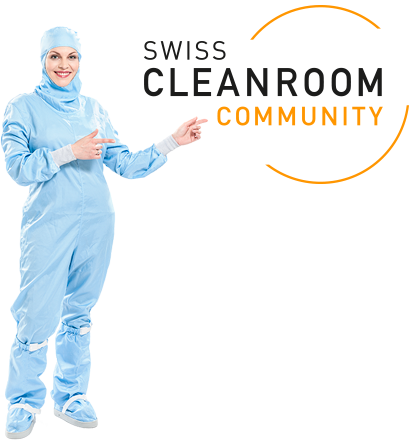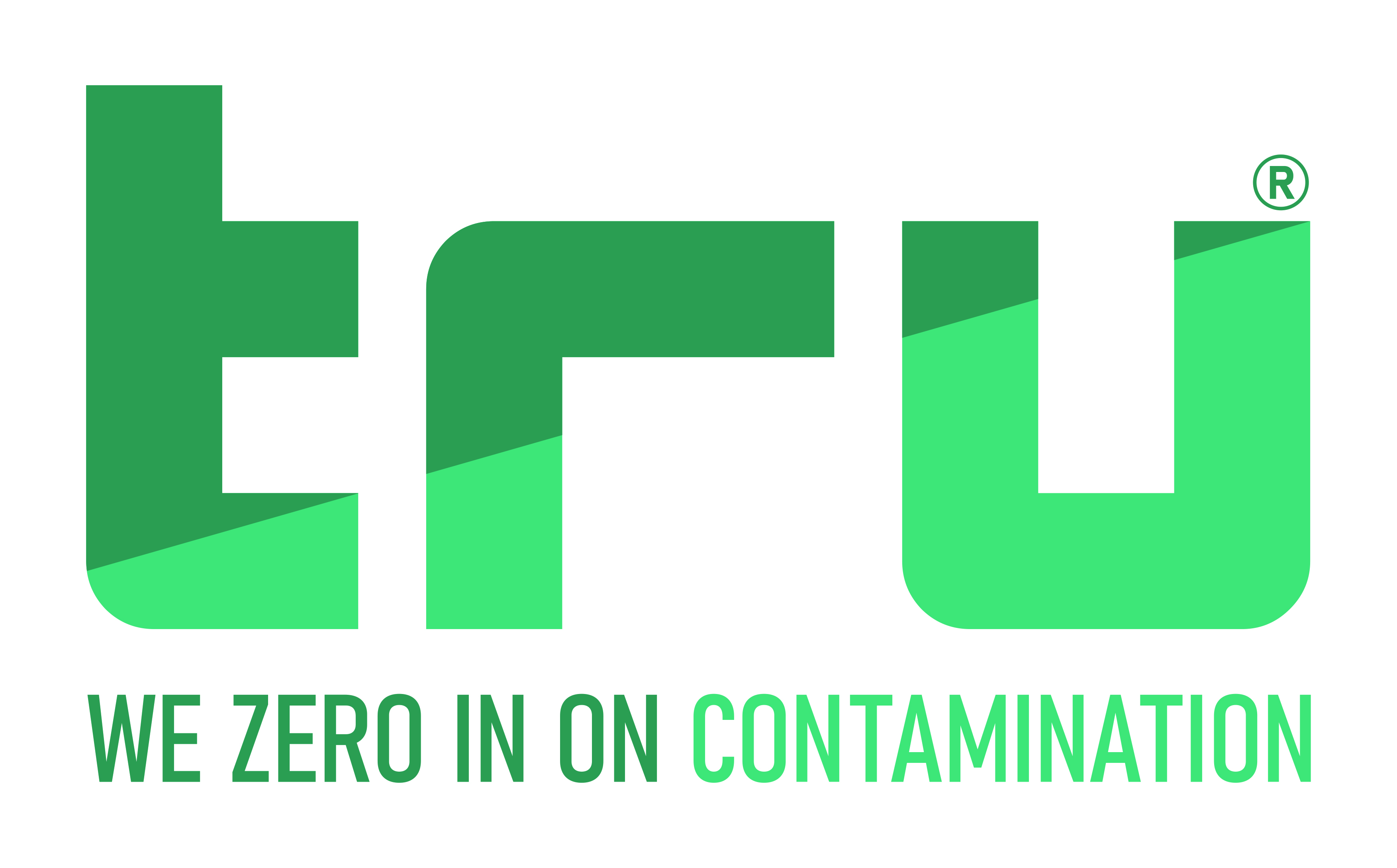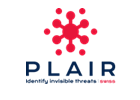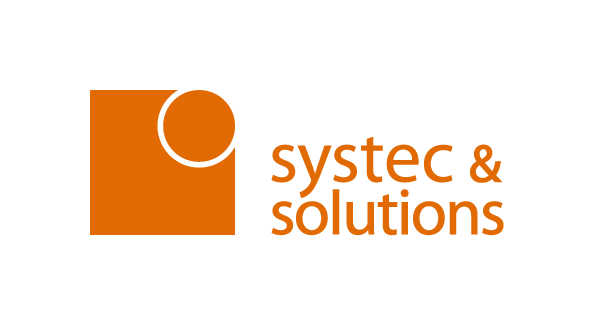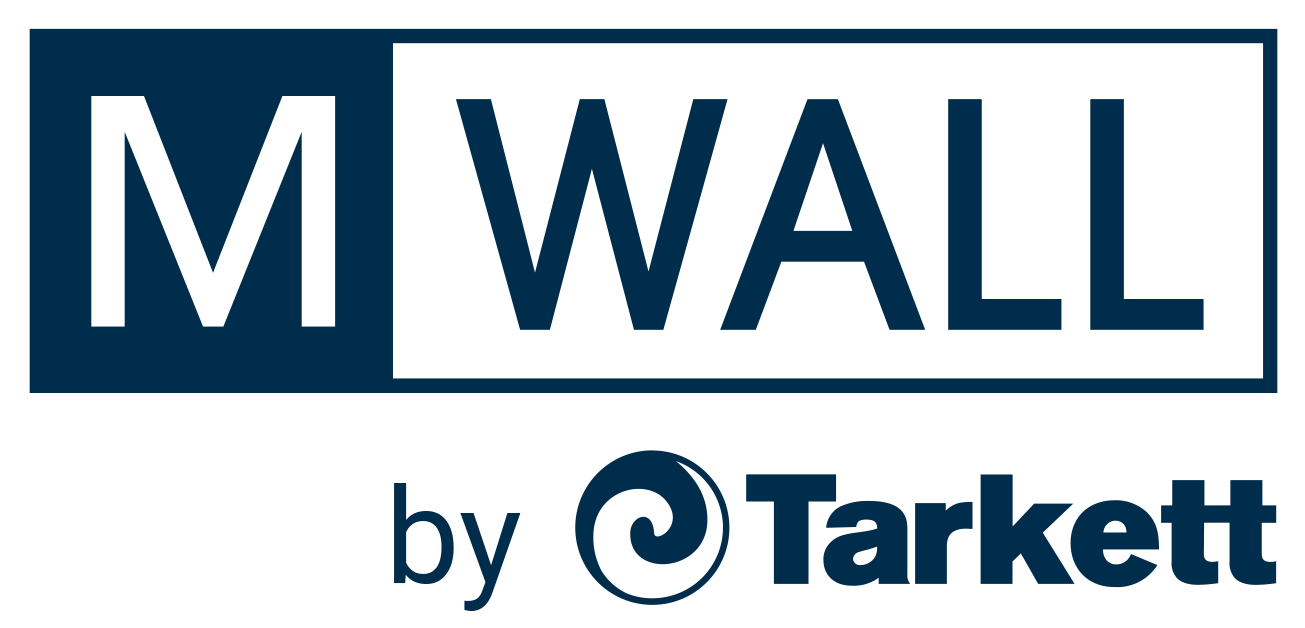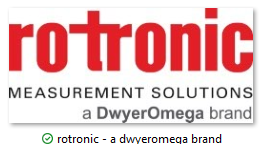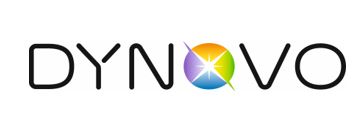Blog
Why loop calibration is the best way to ensure sensor accuracy
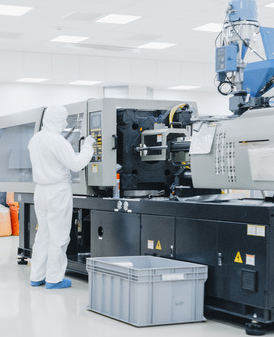 |
Production in cleanrooms and dry rooms requires accurate sensors to guarantee product quality and ensure regulatory compliance. That means regular calibration is a must. Loop calibration is a way to ensure the integrity and traceability of an entire environmental monitoring system without taking sensors offline. Read on to learn more. Loop calibration, also known as system calibration, is commonly used in industries where precise environmental monitoring is critical, such as pharmaceuticals, aerospace, automotive, and cleanroom or dry room-based manufacturing. These systems often rely on a network of sensors to monitor temperature, humidity, or differential pressure across production areas, storage environments, or clean spaces. Loop calibration is especially valuable when sensors and analog inputs such as 4–20 mA 0-5v or 0-10v signals are used, as it verifies the accuracy of the entire measurement chain – from sensor to data collection system – rather than just the sensor head itself. Verifying accuracy is vital in environments like vaccine freezers or lithium battery manufacturing facilities, where any deviation from defined environmental parameters could compromise product integrity or safety. |
The difference between loop and chain calibration
In process industries, the terms loop calibration and chain calibration are often used interchangeably, but there is a difference. Loop calibration is a method of verifying and adjusting the accuracy of an entire measurement loop in a process system – including the sensor, the signal wiring, and the output device such as a data logger. Instead of calibrating these components separately, loop calibration tests the entire system in situ under real operating conditions, ensuring that everything is giving accurate readings. The goal is to verify real-world performance of sensors.
Chain calibration also measures the entire measurement system but is more about ensuring the traceability and accuracy of each connected component. Chain calibration is often used when referencing calibration standards where every link in the measurement chain must meet certain specifications.
Why use loop calibration and how it works
Loop calibration is the most reliable way to ensure that the data you receive from a sensor or probe is accurate and trustworthy. By calibrating the entire measurement chain, from the sensor through to the system that logs or displays the data, you eliminate uncertainty and can prove the integrity of your data.
This is especially critical in regulated industries like pharmaceuticals, where GxP and GMP compliance is required. In the event of an audit or a product recall, loop calibration provides clear, documented evidence that all measurement devices were functioning correctly at the time of production. Loop calibration supports compliance by removing doubt and confirming that your environmental data is accurate and consistent.
Verifying accuracy is vital in environments like vaccine freezers or lithium battery manufacturing facilities, where any deviation from defined environmental parameters could compromise product integrity or safety."
Loop calibration is typically performed annually, but the frequency can be adapted based on your standard operating procedures (SOPs) and specific production needs. With loop calibration a technician will visit your site to check and calibrate the whole system. The technician injects a known signal at the sensor end and measures the resulting value at the system’s output, checking that all components work together correctly and that no drift or error is occurring anywhere in the loop. This gives a more accurate result than sending in devices separately to a calibration lab.
Why choose Vaisala for loop calibration?
Choosing Vaisala for loop calibration offers advantages over handling calibration in-house or relying on third-party labs. As an original equipment manufacturer, Vaisala knows exactly how our sensors work. We have reference standards and equipment to quickly and accurately perform loop calibration in your cleanrooms. It takes just minutes to check each sensor loop, and checking a large facility is usually completed in a week or two depending on the total amount of sensors.
Our calibration experts use purpose-built tools and proven methods that ensure the entire measurement loop from sensor to readout is functioning as it should. Vaisala can complete in a single week what might take an internal team months or even a year. This avoids the need to take individual systems offline over an extended period – a process that can be disruptive and difficult to trackfrom a quality assurance perspective.
Vaisala also delivers a full-service, ISO 17025-accredited calibration solution using highly trained teams and proprietary reference equipment. This not only minimizes system downtime but also gets rid of the expense of maintaining in-house calibration equipment and expertise. In short, Vaisala offers a faster, more accurate, and more cost-effective approach to loop calibration – helping ensure compliance and product quality.
"Vaisala can complete in a single week what might take an internal team months or even a year."
With Vaisala as your expert partner, you can improve cost effectiveness and cost predictability even further with a calibration care agreement that includes field services.
Es freut uns, wenn Sie diesen Blogbeitrag kommentieren. Kommentar erfassen 14 Gefällt mir 99
